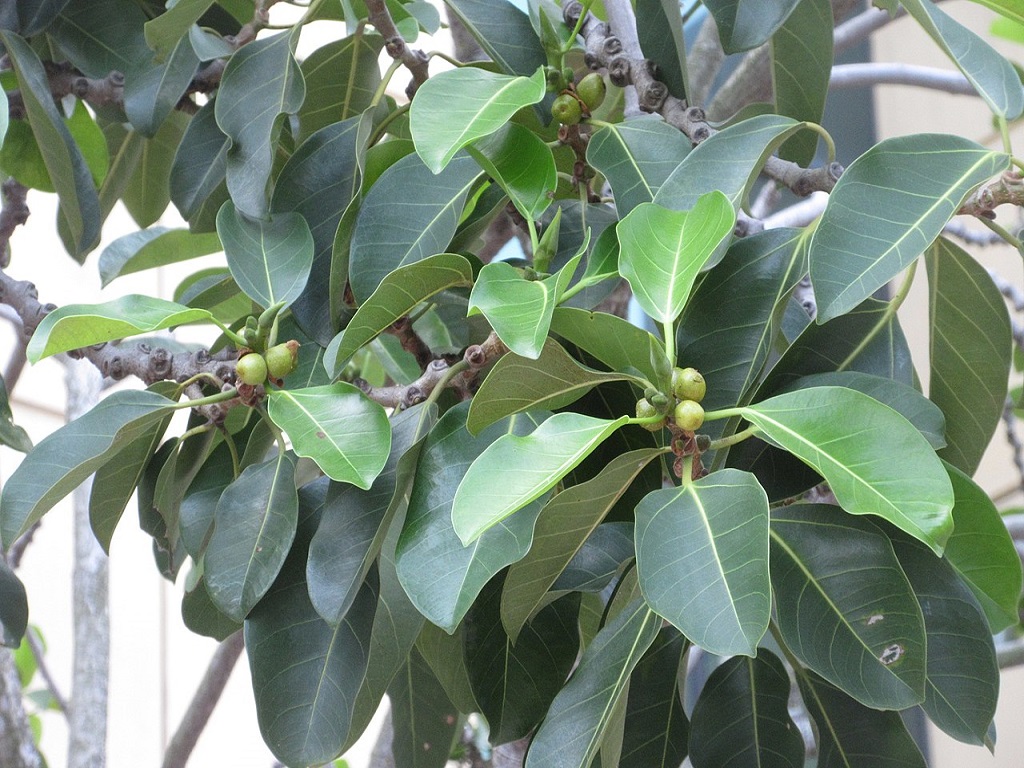| Genus | Ficus |
|---|---|
| Species | altissima |
| Common Name | altissima |
| Description | Download the RNA-Seq raw fastq sequences Download the RNA-Seq assembled sequences and annotation Related analysis: Ficus altissima is a large, evergreen forest tree, growing to 30 m (98 ft), with a spreading crown and often multiple buttressed trunks and characteristic of its subgenus Urostigma. The bark is smooth and grey, with small pale brown pustules. The branches are spreading and the twigs are hairy and often green when young. The leaves are alternate, elliptic to ovate, with entire margins and up to 100 by 40 mm (3.9 by 1.6 in). They are supported on short stalks and have sheathing stipules.The flowers are solitary or in pairs and are in the axils of the leaves. They are concealed inside hollow receptacles which grow into orangish-red, many-seeded. 25 mm (1 in) figs following pollination. Ficus altissima is native to southeastern Asia and many islands in the Pacific. Its range includes the Andaman Islands, Myanmar, Thailand, Vietnam, Laos, South China and the Malesia region. It was first described by the Dutch botanist Carl Ludwig Blume in 1826 from Java. It has become naturalized in some of the southern counties of Florida. Ficus altissima is a large, evergreen forest tree, growing to 30 m (98 ft), with a spreading crown and often multiple buttressed trunks and characteristic of its subgenus Urostigma. The bark is smooth and grey, with small pale brown pustules. The branches are spreading and the twigs are hairy and often green when young. The leaves are alternate, elliptic to ovate, with entire margins and up to 100 by 40 mm (3.9 by 1.6 in). They are supported on short stalks and have sheathing stipules.The flowers are solitary or in pairs and are in the axils of the leaves. They are concealed inside hollow receptacles which grow into orangish-red, many-seeded. 25 mm (1 in) figs following pollination. Ficus altissima is one of many trees that hosts lac insects, scale insects in the superfamily Coccoidea, from which the dye lac is obtained. It has been planted in southern Florida, where it didn't use to seed because there weren't any native insects available to pollinate the flowers. However, non-native wasps (Eupristina sp.), that have become established in the area, seems capable of pollinating it and the tree is now proliferating and becoming invasive. |
| Organism Image |  |
Ficus altissima
Summary


